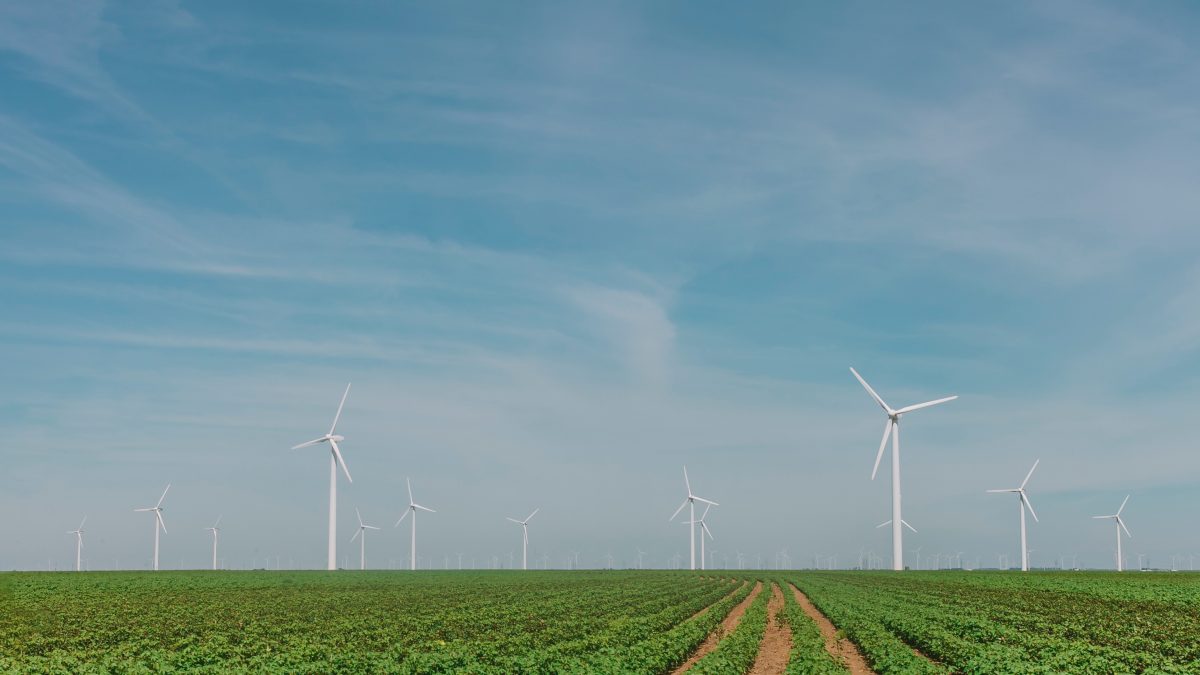By Sarah Jokhu
The magnitude of climate change for our nation is as big a problem as the rate of CO2 emissions we produce. What high impact changes can limit the extreme shifts in climate Canada and the rest of the globe are experiencing? The most effective method so far has been to sew these goals into the tapestry of Canada’s complex policy framework around carbon dioxide emissions, the largest contributor to climate change.
Policy is a powerful tool that Alliance 2030 communities such as Climate Action Network – Réseau action climat (CAN-Rac) wield in the face of climate change initiatives on provincial and federal levels. The secret lies in CAN-Rac’s wholesome approach in its pursuit of climate action. It bands together environmental organizations, labour, development, faith-based and Indigenous groups. This coalition of organizations that is CAN-Rac embodies the 17 UN Sustainable Development Goals (SDGs). Of particular note is its members’ contributions to the Pan-Canadian Framework on Clean Growth and Climate Change (PCF).
The PCF mission involves four main pillars: carbon pricing; reducing emissions; adapting to climate impact while building resilience and accelerating innovation of clean technology; and creating sustainable jobs. Heavily tying into pillars two and four, the transition from coal-power to natural gas and other sustainable alternatives especially affects Alberta’s coal mines. Directly related to SDG Goal 7 (affordable and clean energy), the PCF was designed to ensure the inclusion of coal sector workers, their families and their communities in the changing economic climate for combating climate change. 11 of the 15 coal plants expected to be operational in 2030 are in Alberta; however, plans are in place to refurbish them to burn natural gas, with conversion starting in 2020. Operations will be limited to 7-10 years and then replaced by a mix of cleaner electricity technologies. This policy work protects the economic structure and carefully ensures one of the PCF’s pillars: adaptation and resilience. By the PCF’s standards, these plans ensure that future infrastructure and clean technologies are developed with the displaced coal community as a central building block of that economy.
The 2014 CAN-Rac Long Term Global Goals for 2050 report reveals our shortcoming of the initial average surface temperature warming targets of 1.5ºC or less. Here, CAN-Rac urged the necessity of a peak and decline of CO2 emissions by 2015, which still remains to be seen. A turning point for SDG Goal 13 (take urgent action to combat climate change) came in the form of The Greenhouse Gas Pollution Pricing Act (GGPPA) turned federal law in June 2018. However, existing financial subsidies supporting oil and gas industries undermine GGPPA efforts. Stop Funding Fossils, a coalition CAN-Rac is part of, is stepping in to demand that these subsidies bring about an actual decrease in CO2 emissions as originally planned. As of April 1st this year, these federal fuel surcharges were seen in Ontario, Manitoba, New Brunswick and Saskatchewan as a direct effect of this fairly new GGPPA federal law. Ontario had implemented its own cap and trade system—up until the Ford administration scrapped said plans. Not all political parties have an agenda to mitigate extreme climate conditions on a national level and the need for federal action has never been greater. The resilience provided by strong policy lives on through Bill C-74, Part 5 enacting the GGPPA. Without replacing the cap and trade policy, it seems only logical for federal government to step in, ensuring the due diligence of each province toward the Paris Agreement goals of 2015. While opposition to the GGPPA remains, CAN-Rac members have successfully applied for intervenor status in the upcoming court case. With CAN-Rac defending a platform supported by 74 jurisdictions worldwide, we can rest assured that the current policy will push forward one of the PCF’s main pillars of framework: pricing on carbon pollution.
As a timely reminder, Canada’s Changing Climate Report reveals unsurprising but sobering news about our global status as a nation. Warming at twice the rate as the rest of the world, Canadians must weigh out two very possible futures, realizing that every decision in the near future will take the nation on one path or the other. In the “low-emission” scenario of a 1.8ºC rise, CO2 emissions need to peak and immediately decline to zero “well before the end of the century.” In a “high-emission scenario” of 6.3ºC, continued growth and emissions will bring about extreme temperatures both hot and cold. Will the pillars of CAN-Rac’s work be enough to guide us through ideal scenario number one? With the foundations laid by the 17 SDGs, we can equip this and future generations with a guiding blueprint. Thanks to multi-level collaboration by CAN-Rac and Alliance 2030 communities, these projects for a sustainable future are just the tip of the iceberg.

